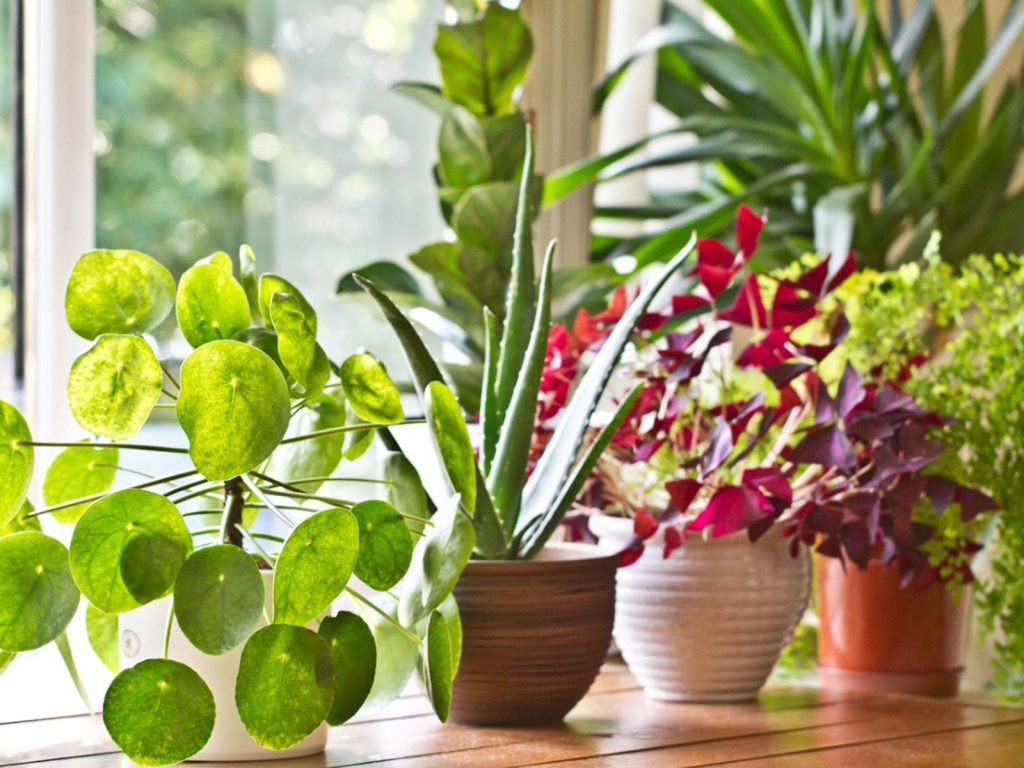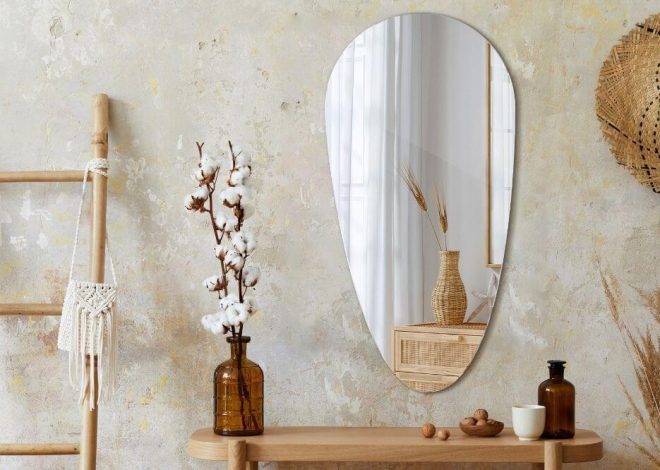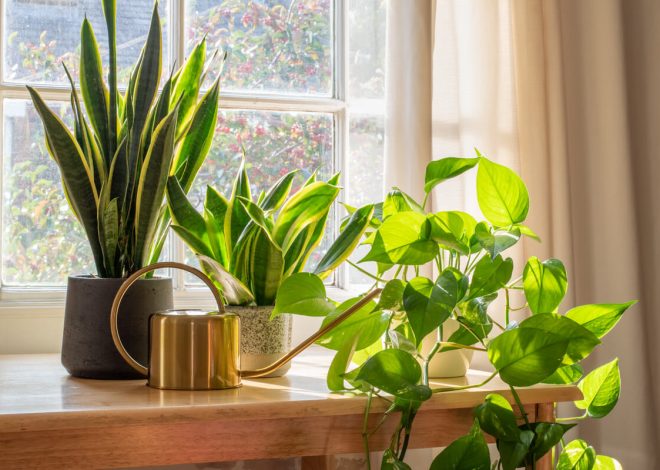A Beginner’s Guide to Houseplants

If you’re just starting with indoor plants, this beginner’s guide to houseplants will help you get on the right track. Taking on the world of houseplants is a fun and rewarding endeavor. Whether you’re looking to enhance your home decor, improve air quality, or simply enjoy the calm that plants bring, introducing houseplants to your living space is a great decision.
Steps to Greening Your Space
1. Evaluate Your Space and Environment
Before picking out your houseplants, it’s important to understand your home’s environment. Take into account the natural light, temperature, and humidity levels in different areas of your house. This helps you decide which plants will thrive in specific spots. While most houseplants are adaptable to typical indoor conditions, some may require more humidity. You could use a humidifier or place pebble trays with water beneath pots to create a humid microclimate, especially for tropical plants that need it.
2. Choose Easy-to-Care Plants
It’s a good idea to start with plants that are forgiving of occasional neglect and adaptable to changing conditions. Great choices for beginners include Snake Plants, Pothos, ZZ Plants, Spider Plants, and Peace Lilies. These plants are known for their resilience, making them perfect for first-time plant owners.
3. Understand Light Requirements
Each plant has different light needs, ranging from low to bright indirect sunlight. Match your plant selection with the light levels in your space. For instance, Snake Plants and ZZ Plants are tolerant of low light, while succulents need bright, indirect light to flourish.
4. Pick the Right Pot and Soil
Make sure to choose pots that have drainage holes to avoid waterlogging. Additionally, use a well-draining potting soil that suits the specific needs of your plants. Some plants need a soil mix that retains moisture, while others prefer faster drainage. Explore our range of compost for more options.
5. Watering Essentials
One of the most common mistakes beginners make is overwatering. Let the soil dry out between waterings for most plants. A simple way to test if it’s time to water is by using the













